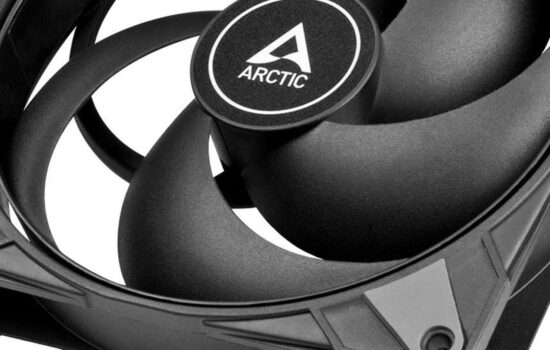Results – 36 and 39 dBA
“Modifying” a cooler by replacing the fan with a relatively more efficient model may not always lead to the desired result. Sometimes you will get significantly less improvement than you would expect, other times you may even be worse off. This means that at equal noise levels, you will achieve lower cooling performance, and it doesn’t really matter what fan you use. Sometimes the design of the heatsink has the final say.
Results – 36 and 39 dBA
Because the cooler could no longer handle the load in the specified mode, or because the fan could not be slowed down to the required level, this is typically the mode with the lowest noise level.
- Contents
- Different heatsink, different sound
- Results – 36 and 39 dBA
- Results – 42 dBA and maximum speed












I think this article would benefit greatly from having frequency analysis, so for example it can be seen how the tonal peaks are broken up.
I know, you’re right. But the data for this article was generated long before Pavel started (just recently with DeepCool Assassin IV) to do frequency analysis of sound. The original aim of the tests of different heatsinks with different fans was simply not such that this article is going to be written about them. But we will certainly come back to it sometime, even with spectrograms.
Very interesting results. Seems like the Fluctus 120 outperforms the P12 and the Noctua NF-A12x25, regardless of which heatsink its tested with? I’m getting the Thermalright Phantom Spirit 120, I wonder if replacing the stock fans with the Fluctus will also make it better (i already have them from Fera 5 Dual). Too bad you didn’t test the Fluctus with the AK620 heatsink at least.
I’ve also looked at other fan reviews on this site, and they seem to have the Noctua NF-A12x25 and the Arctic P12 beating the Fluctus 120, so I’m confused why it did so well here.
What is the specific issue for you with regard to what I noted in the other comment, namely that it is not true that all heatsinks with a Fluctus 120 PWM fan achieve a higher cooling performance than with an NF-A12x25 fan at the same noise level? The results of Fluctus 120 PWM and NF-A12x25 are also very close to each other in the fan tests, if you look at the values of the airflow through the radiators (1, 2), which is the most similar (but still not equal) situation. And if you take into account the x variables that are extra in the in vivo tests (compared to in vitro), I think there is a very nice scaling of the results. In addition, my colleague Pavel measures the noise in a slightly different way than in the fan tests.
It’s not always true. The NH-U12A’s heatsink in some modes normalized by the same noise level achieves higher cooling performance with stock fans (NF-A12x25 PWM) than with Fluctus 120 PWM. Both with two and one fan. Note also the positions with missing values, such as in the “39dBA@210 W” mode, which, as mentioned in the note, means that the configuration (heatsink + fan) does not pass the specified load. In this case due to insufficient cooling performance.